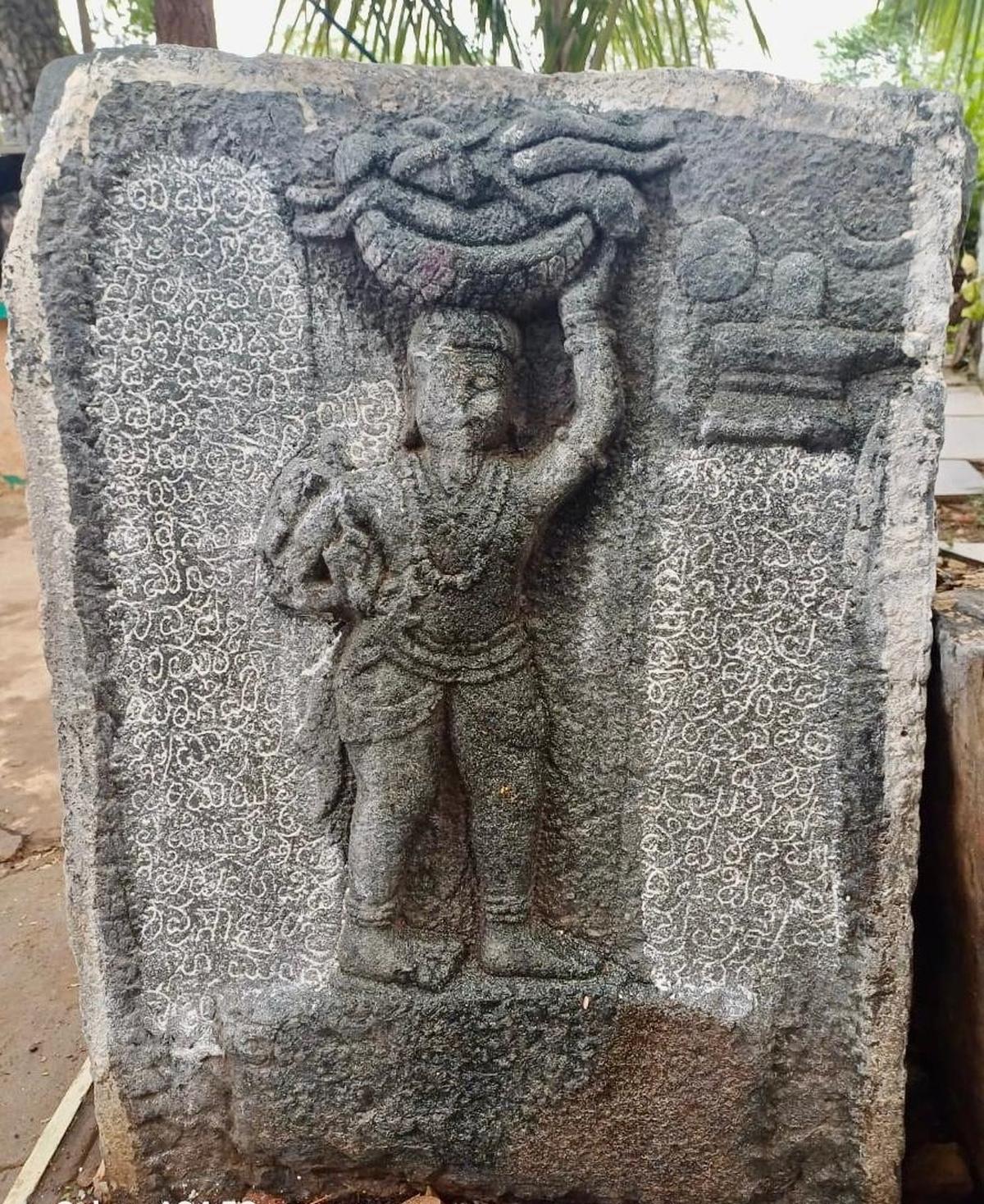Guttala Inscription

- 24 May 2025
In News:
A rare 16th-century sculptural inscription discovered near the Chandrashekara temple in Guttala village, Haveri district, Karnataka, marks the earliest known epigraphic evidence in India of a large-scale humanitarian disaster caused by a natural calamity—a drought (bara) that claimed 6,307 lives in 1539 CE (Saka 1461, August 18).
Key Features of the Inscription:
- Language and Script: Kannada.
- Medium: Stone slab.
- Depiction: A sculpture showing MarulaihOdeya, the son of NanidevaOdeya, carrying a basket containing dead bodies—representing his act of burying the deceased to earn religious merit for the regional ruler, TimmarasaSvami.
- Religious Context: The burial was conducted after paying homage to Basaveshwara, reflecting the spiritual and ritualistic practices of the time.
- Territorial Reference: Mentions the term "seeme", indicating the existence of local administrative divisions.
Significance:
- First explicit historical record in India of deaths caused by a natural disaster, making it an important source for disaster history and epigraphic heritage.
- Offers textual and visual representation of community response to drought.
- Provides insights into local governance, religious customs, and socio-economic conditions of 16th-century Karnataka.
- Adds depth to the study of historical climate events, with potential to track past climatic patterns and their impact on populations.
Broader Context:
- Inscriptions in India, typically engraved on stone or metal, serve as valuable primary sources for understanding royal decrees, battles, donations, and societal events.
- Other notable Karnataka inscriptions include:
- Maski Edict (3rd Century BCE) – First mention of Emperor Ashoka as "Devanampriya".
- Halmidi Inscription (c. 450 CE) – Oldest Kannada inscription referencing Kadamba king Kakusthavarma.
- Aihole Inscription (634 CE) – Chronicles the military achievements of Pulakeshin II.
Recent Epigraphic Developments:
- The Epigraphy Branch of the Archaeological Survey of India (ASI) discovered and documented over 1,000 inscriptions across India during 2024–25, including more than 100 new finds this year alone.
- These discoveries reinforce the role of epigraphy in reconstructing Indian history, especially in areas lacking detailed literary sources.
